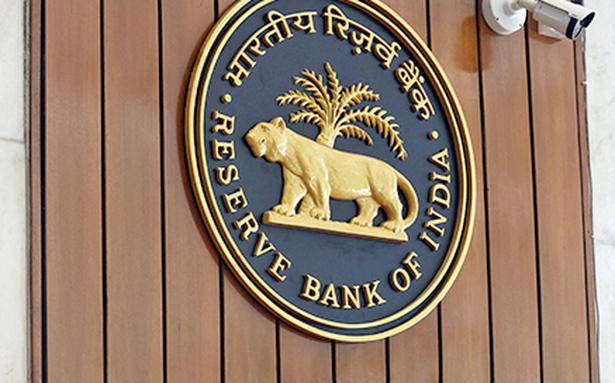[ad_1]
Why has RBI gone for a sudden out-of-turn rate hike?
The RBI had sounded a note of caution in its April policy meeting stating that price stability will henceforth take precedence over growth as consumer inflation surged as a consequence of the Russia-Ukraine conflict. March CPI inflation of 6.95 per cent was much above the upper limit of RBI’s tolerance band. With global prices of fuels as well as other commodities remaining high through April 2022, it is likely that CPI reading April will also be quite high. RBI has been behind the curve, waiting for inflation to cool over the past months, even as other central banks have been hiking rates. This has led to the fairly large 40 bps hike in repo rate.
The other reason that seems to have prompted RBI’s move is the impending Federal Open Market Committee decision. US Federal Reserve has begun its rate hike cycle in March 2022 and is expected to hike the Federal Fund rate rather aggressively, by at least 50 basis points this week. If the RBI fails to act now, the spread in the sovereign bond yields of India and US will narrow resulting in accelerated foreign capital outflows. FPIs have already pulled out close to ₹14,000 crore from Indian debt since February 2022.
Many in the market are also of the opinion that the RBI may have stayed its hand due to the LIC IPO that is currently open. The central bank may not have wanted to roil stock markets with a rate hike ahead of the IPO.
Why has it raised CRR too?
Excessive liquidity in the system results in higher inflation and the RBI has been trying to suck out liquidity through various tools in the previous policies. The hike in CRR by 50 basis points is yet another move towards this end. The central bank has stated that ₹87,000 crore of liquidity will be withdrawn through this move.
What does this mean for borrowers and depositors?
Interest rates on loans will begin moving higher with the RBI making a decisive hike in repo rate. Many banks including SBI, Axis Bank and Bank of Baroda had increased MCLR over the last few days, making rates of all loans more expensive. MCLR will undergo further upward revision with this move.
The repo rate hike is however a good news for savers who have been witnessing negative real interest rates on their investment. With returns on saving products such as bank and NBFC deposits and small saving schemes, fixed income investors will benefit. Those holding sovereign and corporate bonds will however see erosion in value as yields increase.
Will this rate hike smother the nascent recovery in Indian economy?
This will definitely impact consumer demand for houses, consumer durables and other discretionary items. With credit to the large companies and industries just beginning to revive, the rate hike could slow down credit growth to industry too. But over the longer-term, price stability will play an important role in supporting demand.
If RBI is so worried about inflation, why is it retaining the `accommodative’ stance when it comes to monetary policy?
The RBI cannot afford to go towards aggressive monetary tightening like other advanced economies because the economy is not completely out of the woods yet. While there are signs of mild revival in investment cycle, private consumption is yet to move strongly above pre-pandemic level. External risks from the ongoing geopolitical tensions, high commodity prices and slow-down in China threaten growth forcing RBI to continue with its accommodative policy.
Published on
May 04, 2022
[ad_2]
Source link








